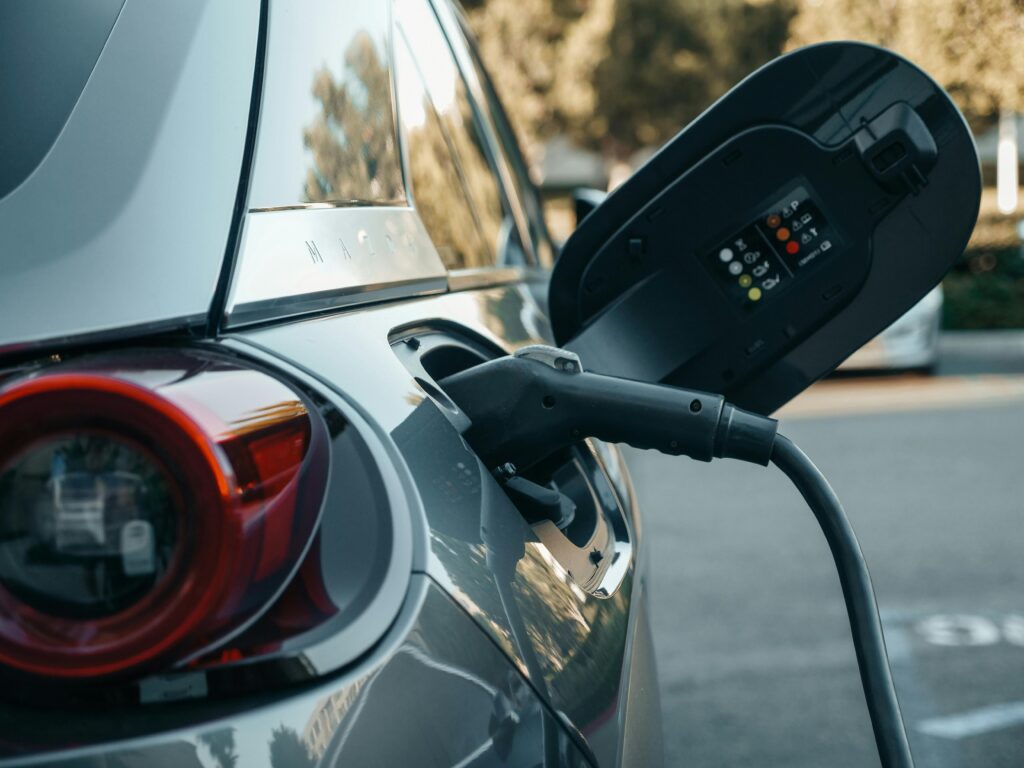What Is A Plug-In Hybrid: In the ever-evolving landscape of automotive technology, plug-in hybrid cars have emerged as a compelling option for environmentally conscious drivers seeking enhanced fuel efficiency without compromising on convenience. In this article lets us understand plug-in hybrid (PHEV) and why we must consider buying Plug-In hybrid cars in 2024. examines their advantages, explores their diverse applications, and addresses their inherent limitations.
What Is Plug-In Hybrid Cars (PHEVs)
A plug-in hybrid car, or PHEV, is a type of hybrid vehicle that combines a conventional internal combustion engine propulsion system with a rechargeable battery-powered electric motor.
PHEV has a larger battery capacity and can be charged by plugging into an external power source, such as a standard electrical outlet or a charging station. This feature allows PHEVs to operate solely on electric power for a significant range before switching to the internal combustion engine, thereby reducing overall fuel consumption and tailpipe emissions.
In simple words, A plug-in hybrid car, or PHEV has a battery that can be charged through external charging just like an EV and can be turned into a conventional gas engine once the electric charge gets reduced.
Advantages of Plug-In Hybrid Cars
Fuel Efficiency and Environmental Impact:
PHEVs offer improved fuel efficiency compared to traditional gasoline-powered vehicles. Using electricity for shorter trips reduces reliance on fossil fuels and contributes to lower emissions, especially when charged using renewable energy sources.
Increased Range:
The electric range of PHEVs varies but typically extends beyond that of non-plug-in hybrids. This longer electric-only range can significantly reduce gasoline usage for daily commuting and short trips.
Flexibility and Convenience:
PHEVs can operate seamlessly on gasoline when needed, eliminating range anxiety associated with pure electric vehicles (EVs). This versatility makes them suitable for drivers who require longer driving ranges without frequent charging stops.
Limitations of Plug-In Hybrid Cars
Limited Electric Range:
While PHEVs offer electric-only driving, their electric range is typically shorter than that of dedicated electric vehicles. This limitation may require more frequent switching to gasoline power for longer trips.
Complexity and Maintenance:
PHEVs have more components than traditional vehicles, including both electric and combustion systems, potentially increasing maintenance costs and complexity.
Cost:
The upfront cost of PHEVs is often higher than that of conventional vehicles due to the added technology of the electric drivetrain and battery.
Why We Must Consider Buying Plug-In Hybrid in 2024
- Daily Commuting: PHEVs excel in urban environments and are ideal for daily commuting where a shorter electric range is sufficient for most trips.
- Get The Best Efficiency: It can be used for commercial passenger taxis by taking advantage of reduced fuel costs and lower emissions during city driving.
- Long-Distance Travel: PHEVs provide the flexibility to embark on longer journeys without frequent charging stations, making them suitable for drivers who travel beyond the electric range of pure EVs.
Plug-in hybrid cars are a good middle step between electric cars and traditional ones with only gas engines. They combine the benefits of electric vehicles—like using less fuel and being better for the environment—with the convenience and longer driving range of regular cars. These cars are appealing to people who want to reduce their carbon footprint without giving up the ability to travel long distances or refuel quickly.
As technology improves and more places to charge these cars pop up, plug-in hybrids will become even more popular in the move towards greener transportation.

